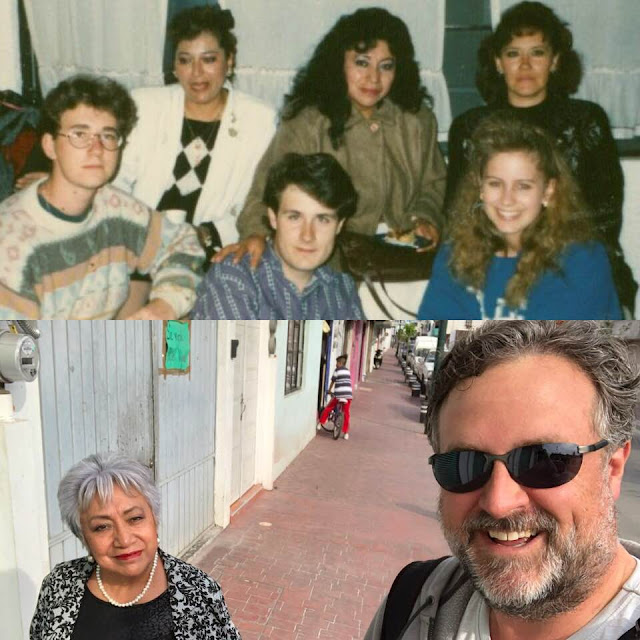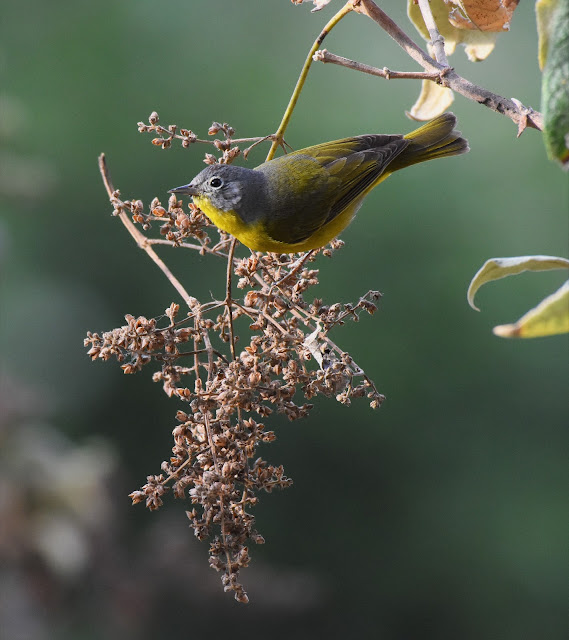 |
| Ruby-crowned Kinglet |
 |
| Nashville Warbler |
 |
| 30 years ago and today |
Year after year, I would visit this extended family. I felt spiritually connected to them ever since our first days together. I was their "güero" and they were my Mexican family. They asked me what took me so long to return and visit. And I couldn't answer their questions right away. I bought a house, got married, began birding and had family obligations in Wisconsin. There's simply not enough time in this life to do everything.
But when I was home in Tlaxcala again, I felt at peace and happy. Writing these things makes me tear up. I feel emotions when I am here in this sacred place. Every time I arrive to my small little town, I choose to walk the streets alone to my Mom's house so that I can breathe the air, watch the people and hear the Spanish.
 |
| Our first night together |
 |
| Rare in Arizona but very common in Mexico, the Rufous-backed Robin |
 |
| Vegetables...... |
 |
| My lifer, the skulky Blue Mockingbird |
 |
| The once active volcano of Malinche. The forests are magical and untouched! |
 |
| Cattle Egret at sunset |
 |
| What a special night with everyone |
 |
| Happy moments for a very special night |
 |
| Black-headed Grosbeaks are a permanent resident in Central Mexico |
 |
| White-collared Seedeater(Cinnamon-bellied subspecies) |
Tlaxcala holds a place in my heart. The birding here held meaning. On our last day, we headed up to the magical Malinche for one last familial trek. If you visit Tlaxcala, here are several reports from several key and excellent birding hotspots.
For the Jardín Botánico de Tizatlán, click here and here.
For the Laguna de Acuitlapilco, click here.
For the Tlaxcalan Zoo, click here.















































